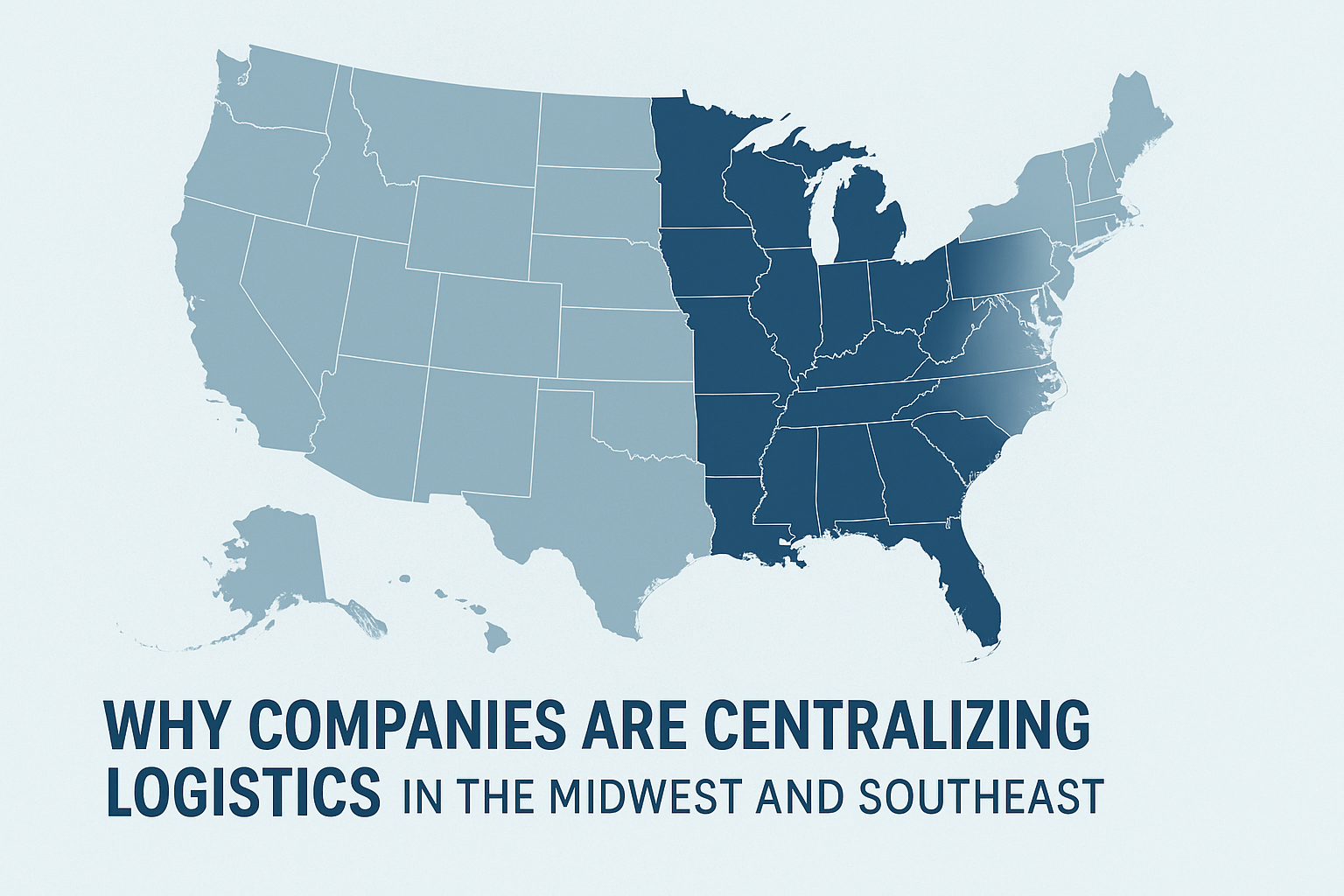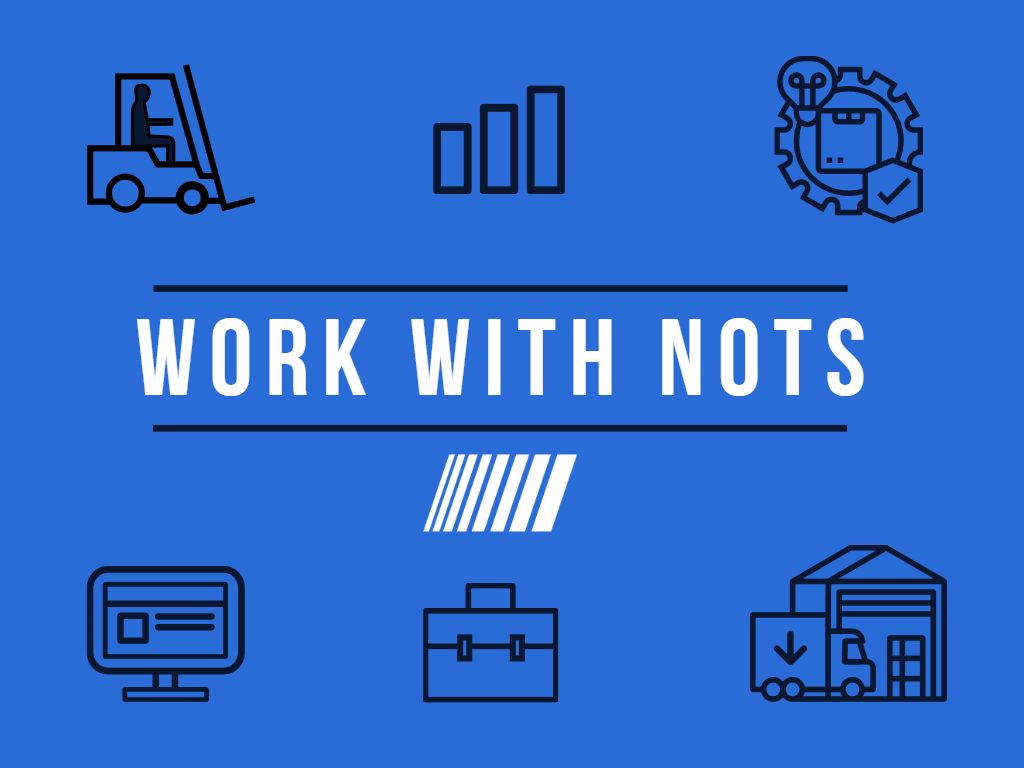Looking to create ease and efficiency by centralizing logistics in the Southeast and Midwest? As supply chains evolve to meet the demands of faster delivery, rising costs, and shifting consumer expectations, companies are rethinking how—and where—they manage logistics. A growing number of businesses are centralizing operations, with the Midwest and Southeast emerging as strategic hubs for warehousing and fulfillment. But why are these regions capturing so much attention?
Let’s break down the key reasons companies are turning to centralization for logistics in the Southeast and Midwest to drive efficiency, reduce costs, and scale smartly.
Table of Contents

Geographic Advantage for Speed and Reach
Locating distribution and fulfillment operations in central regions like the Midwest (Illinois, Indiana, Ohio) or the Southeast (Georgia, Tennessee, South Carolina) allows companies to reach a majority of the U.S. population within one to two days via ground shipping. This makes logistics in Georgia or logistics in Illinois with companies like NOTS Logistics highly valuable for businesses looking to offer competitive shipping timelines without the cost of coastal distribution centers.
Lower Operational Costs: Logistics in the southeast and midwest
Compared to the coasts, moving logistics in the Southeast and Midwest generally offer:
- Lower real estate prices for warehousing
- Reduced labor costs
- Favorable tax structures.
These cost advantages make Southeast fulfillment centers and Midwest warehouse space a smart investment for growing brands and large-scale distributors alike.
Proximity to Manufacturing and Transportation Infrastructure
The Midwest is known as the nation’s manufacturing heartland, and the Southeast has become a hotbed for automotive, aerospace, and consumer goods manufacturing. Centralizing logistics in the Southeast and Midwest near these areas supports just-in-time delivery models and minimizes transit time from production to warehouse.
Plus, both regions offer robust infrastructure including:
- Major interstates
- Rail lines
- Access to inland ports and seaports
- Airports with strong cargo capacity
Whether it’s logistics in Kentucky, warehousing in Alabama, or fulfillment in Indiana, proximity to infrastructure makes operations faster and more reliable.
Scalability and Flexibility
As companies expand, having logistics in the Southeast or Midwest offers the flexibility to serve both regional and national markets. These regions are also less prone to natural disasters that can disrupt coastal operations, adding an extra layer of stability to your supply chain.
Growing E-Commerce and B2B Demand
With the continued rise of e-commerce and the need for rapid delivery to consumers and retailers, businesses are seeking fulfillment centers in the Southeast and distribution hubs in the Midwest that can keep up. The demand for strategically located logistics partners in these regions continues to grow.
Ready to Centralize Your Logistics?
At NOTS Logistics, we’ve helped businesses for over 40 years optimize their supply chain operations by leveraging our strategic locations in both the Midwest and Southeast. Whether you need warehousing in Illinois or a fulfillment center in Georgia, our custom logistics solutions help you deliver smarter, faster, and more cost-effectively.
Let’s talk about how centralizing your logistics operations can help your business grow.
📍 Learn more about our locations and services at NOTS Logistics Website.

